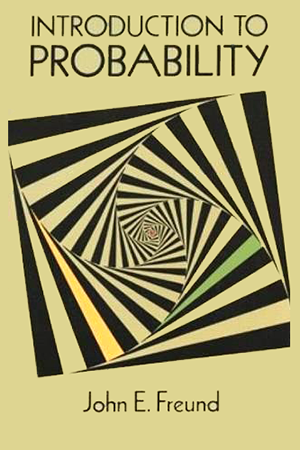
Library
Statistics
Judea Pearl
The Book of Why
A pioneer of artificial intelligence shows how the study of causality revolutionized science and the world 'Correlation does not imply causation.' This mantra was invoked by scientists for decades in order to avoid taking positions as to whether one thing caused another, such as smoking and cancer and carbon dioxide and global warming. But today, that taboo is dead. The causal revolution, sparked by world-renowned computer scientist Judea Pearl and his colleagues, has cut through a century of confusion and placed cause and effect on a firm scientific basis. Now, Pearl and science journalist Dana Mackenzie explain causal thinking to general readers for the first time, showing how it allows us to explore the world that is and the worlds that could have been. It is the essence of human and artificial intelligence. And just as Pearl's discoveries have enabled machines to think better, The Book of Why explains how we can think better.
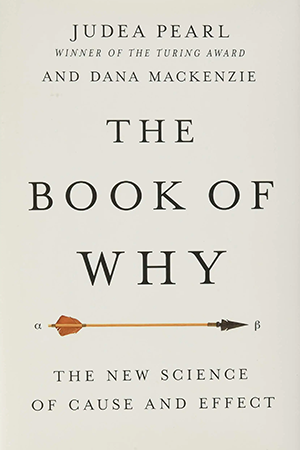
Eileen Magnello
Introducing Statistics
From the medicine we take, the treatments we receive, the aptitude and psychometrics given by employers, the cars we drive, the clothes we wear to even the beer we drink, statistics have given shape to the world we inhabit. For the media, statistics are routinely damning, horrifying, or, occasionally, encouraging. Yet, for all their ubiquity, most of us really dont know what to make of statistics. Exploring the history, mathematics, philosophy and practical use of statistics, Eileen Magnello - accompanied by Bill Mayblins intelligent graphic illustration - traces the rise of statistics from the ancient Babylonians, Egyptians and Chinese, to the censuses of Romans and the Greeks, and the modern emergence of the term itself in Europe. She explores the vital statistics of, in particular, William Farr, and the mathematical statistics of Karl Pearson and R.A. Fisher.She even tells how knowledge of statistics can prolong ones life, as it did for evolutionary biologist Stephen Jay Gould given eight months to live after a cancer diagnoses in 1982 - and he lived until 2002. This title offers an enjoyable surprise-filled tour through a subject that is both fascinating and crucial to understanding our world.
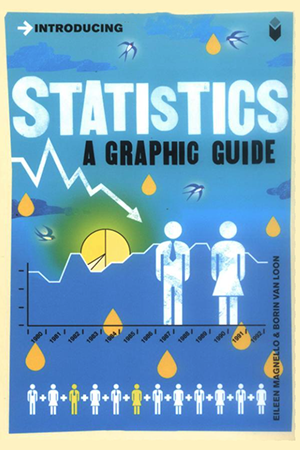
Deborah J. Rumsey
Probability For Dummies
Packed with practical tips and techniques for solving probability problems Increase your chances of acing that probability exam -- or winning at the casino! Whether you're hitting the books for a probability or statistics course or hitting the tables at a casino, working out probabilities can be problematic. This book helps you even the odds. Using easy-to-understand explanations and examples, it demystifies probability -- and even offers savvy tips to boost your chances of gambling success! Discover how to * Conquer combinations and permutations * Understand probability models from binomial to exponential * Make good decisions using probability * Play the odds in poker, roulette, and other games
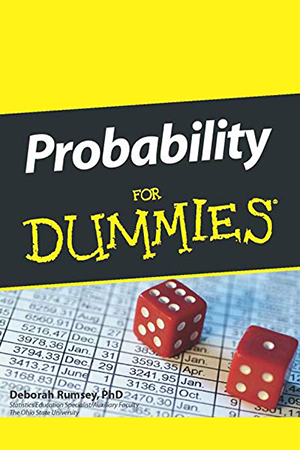
John Robinson Pierce
An Introduction to Information Theory
Behind the familiar surfaces of the telephone, radio, and television lies a sophisticated and intriguing body of knowledge known as information theory. This is the theory that has permeated the rapid development of all sorts of communication, from color television to the clear transmission of photographs from the vicinity of Jupiter. Even more revolutionary progress is expected in the future. To give a solid introduction to this burgeoning field, J. R. Pierce has revised his well-received 1961 study of information theory for an up-to-date second edition. Beginning with the origins of the field, Dr. Pierce follows the brilliant formulations of Claude Shannon and describes such aspects of the subject as encoding and binary digits, entropy. language and meaning, efficient encoding , and the noisy channel. He then goes beyond the strict confines of the topic to explore the ways in which information theory relates to physics, cybernetics, psychology, and art. Mathematical formulas are introduced at the appropriate points for the benefit of serious students. A glossary of terms and an appendix on mathematical notation are provided to help the less mathematically sophisticated. J. R. Pierce worked for many years at the Bell Telephone Laboratories, where he became Director of Research in Communications Principles. He is currently affiliated with the engineering department of the California Institute of Technology. While his background is impeccable, Dr. Pierce also possesses an engaging writing style that makes his book all the more welcome. An Introduction to Information Theory continues to be the most impressive non-technical account available and a fascinating introduction to the subject for laymen. An uncommonly good study. Pierces volume presents the most satisfying discussion to be found? - Scientific American.
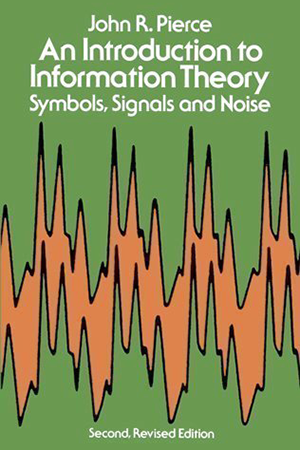
Scott Cunningham
Causal Inference
An accessible, contemporary introduction to the methods for determining cause and effect in the social sciences “Causation versus correlation has been the basis of arguments—economic and otherwise—since the beginning of time. Causal Inference: The Mixtape uses legit real-world examples that I found genuinely thought-provoking. It’s rare that a book prompts readers to expand their outlook; this one did for me.”—Marvin Young (Young MC) Causal inference encompasses the tools that allow social scientists to determine what causes what. In a messy world, causal inference is what helps establish the causes and effects of the actions being studied—for example, the impact (or lack thereof) of increases in the minimum wage on employment, the effects of early childhood education on incarceration later in life, or the influence on economic growth of introducing malaria nets in developing regions. Scott Cunningham introduces students and practitioners to the methods necessary to arrive at meaningful answers to the questions of causation, using a range of modeling techniques and coding instructions for both the R and the Stata programming languages.
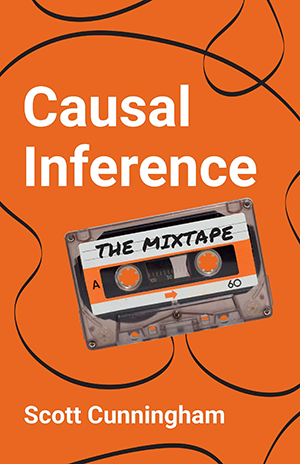
Judea Pearl
Causality
Written by one of the preeminent researchers in the field, this book provides a comprehensive exposition of modern analysis of causation. It shows how causality has grown from a nebulous concept into a mathematical theory with significant applications in the fields of statistics, artificial intelligence, economics, philosophy, cognitive science, and the health and social sciences. Judea Pearl presents and unifies the probabilistic, manipulative, counterfactual, and structural approaches to causation and devises simple mathematical tools for studying the relationships between causal connections and statistical associations. Cited in more than 2,100 scientific publications, it continues to liberate scientists from the traditional molds of statistical thinking. In this revised edition, Judea Pearl elucidates thorny issues, answers readers' questions, and offers a panoramic view of recent advances in this field of research. Causality will be of interest to students and professionals in a wide variety of fields. Dr Judea Pearl has received the 2011 Rumelhart Prize for his leading research in Artificial Intelligence (AI) and systems from The Cognitive Science Society.
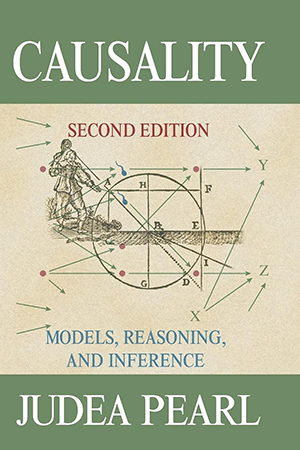
John E. Freund
Introduction to Probability
For centuries, humans lived with the “uncertainties” of everyday life, unaware of probability theory and how it might be applied to the solution of simple problems of daily living or used to study the laws of nature. It was not until the advent of the scientific method with its emphasis on observation and experimentation that people began to think about the role probability might play in areas of life that once seemed ruled by blind chance. Today, of course, probability theory is the basis of statistics and game theory, and can be immensely useful to anyone engaged in business, the social and physical sciences, and many other areas of endeavor. This volume demonstrates that the study of probability can be fun, challenging, and relevant — both to daily life and to modern scientific thought. Lucid, well-written chapters introduce the reader to the concept of possibilities, including combinations and permutations; probabilities, expectations (utility, decision making, more), events, rules of probability, conditional probabilities, probability distributions, the law of large numbers, including Chebyshev’s theorem, and more. Numerous exercises throughout the text are designed to reinforce the methods and ideas explained in the book. Answers to the odd-numbered exercises are provided. A bibliography and summary round out this valuable introduction that will be of great help to anyone engaged in business, social sciences, statistical work, game theory, or just the business of living.
